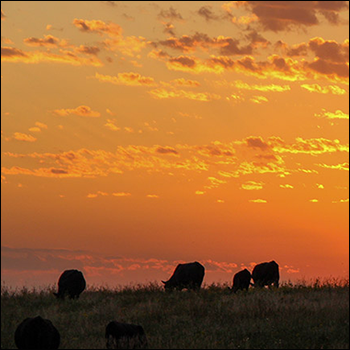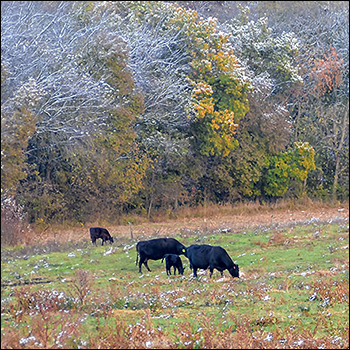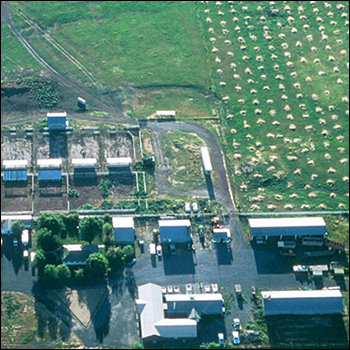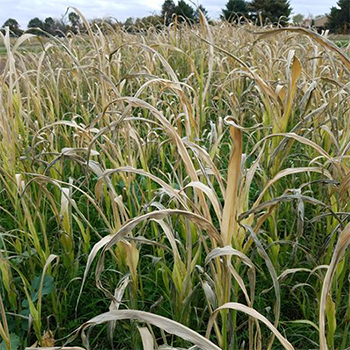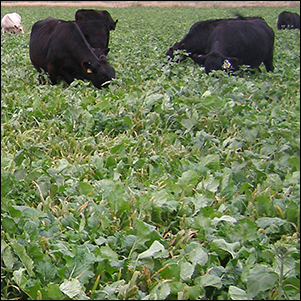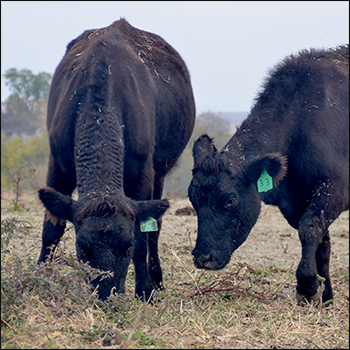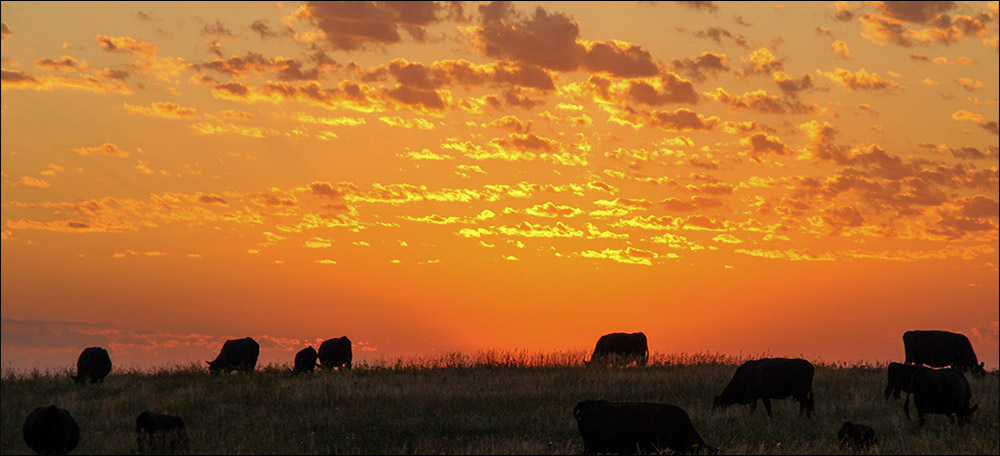
Demystifying Regenerative Ranching
Four myths busted associated with regenerative agriculture.
According to Jeff Goodwin, some people just don’t get it. They don’t understand the term “regenerative ranching.” Goodwin and fellow Noble Research Institute (NRI) consultant Caitlin Hebbert are trying to help ranch folk understand what regenerative ranching is and what it is not. That was the focus of the NRI team’s Learning Lounge presentation offered during the 2021 Cattle Industry Convention hosted Aug. 10-12 in Nashville, Tenn.
According to Goodwin, regenerative management is different from that associated with mainstream, conventional production because it does not focus on inputs to achieve maximum production. Rather, it strives to enhance the natural energy, nutrient and water cycles that contribute to soil health. Regenerative management is based on scientific ecological principle, however, because it is focused on optimum outcomes, it remains adaptive.
“It’s not a program checklist. There is no recipe or prescription, so how you manage your ranch is going to be different from how your neighbor does it,” said Goodwin. “It’s really about a mindset.”
It is systems thinking, with the soil, plants and animals as parts of the ecosystem. Effects to one part affect all others. The key is soil health.
Goodwin and Hebbert listed the soil health principles that drive regenerative ranching:
- keep the soil covered,
- minimize tillage or other soil disturbance,
- maintain living roots in the soil,
- increase diversity of plants, and
- integrate livestock.
“Livestock is absolutely necessary to regenerative agriculture,” emphasized Hebbert. “Grazing is an important tool for improving soil health. Grazing animals are critical to a grassland ecosystem.”
Goodwin and Hebbert also talked about some of the common myths associated with regenerative agriculture. Most common is that it is the same as “organic” or “all natural” production systems. It is not. While those labels typically mean certain practices are prohibited, regenerative management allows the use of tools including commercial fertilizers and herbicides.
“All production tools can be used,” said Hebbert, “but they are used judiciously, with the goal of enhancing soil health, and never as a crutch. Most regenerative ranchers reduce their use of chemicals over time, but it’s not about including or excluding certain practices or products. It’s about how you use them. It’s the same for managing cattle. Vaccines, antibiotics and implants are tools to use judiciously, in a sustainable way.”
The second-most-common myth is that regenerative ranching requires an intensive rotational grazing system with daily moves from one pasture to the next. While rotational grazing is a practice useful to regenerative ranching, Goodwin said the timing, intensity, duration and frequency of grazing are unique to individual operations and their particular goals.
Thirdly, there is a persisting misconception that regenerative ranching requires a costly infrastructure, including water development and miles of new fence.
“You can start with what you have,” stated Goodwin. “You don’t have to build a lot of permanent fence for grazing systems. Temporary fence will work and it allows a rancher to experiment and adapt if necessary. Normally, it’s not necessary to develop a lot of new stock sites either. You may want to add some eventually, when it can be justified.”
A fourth myth states that animal performance must be sacrificed to manage for improved soil and pasture health. According to Hebbert, there’s no reason that should happen if forage quantity is adequate. If forage quality is lacking, protein supplementation is an option.
“I would advise producers to consider using production systems that put grazing animals in sync with the environment. Performance will always be better when the time of highest animal nutrient requirement matches the availability of high-quality forage,” added Hebbert.
Hebbert and Goodwin reminded the audience that regenerative ranching is a mindset focused on balancing ecology and economics. It is achieved when soil, forage and cattle work synergistically — when each is supportive to the others. Long-term objectives include a more resilient landscape capable of sustaining optimum levels of production, with reduced input costs.
“Regenerative ranchers often change their definition of success,” Hebbert said. “The check may not be as big at the end of the year, but the regenerative rancher usually gets to keep a lot more of it.”
Editor’s note: Troy Smith is a cattleman and freelance writer from Sargent, Neb. Lead photo by Alexis Vandeberghe, 2021 NJAA/Angus Journal Photo Contest.
